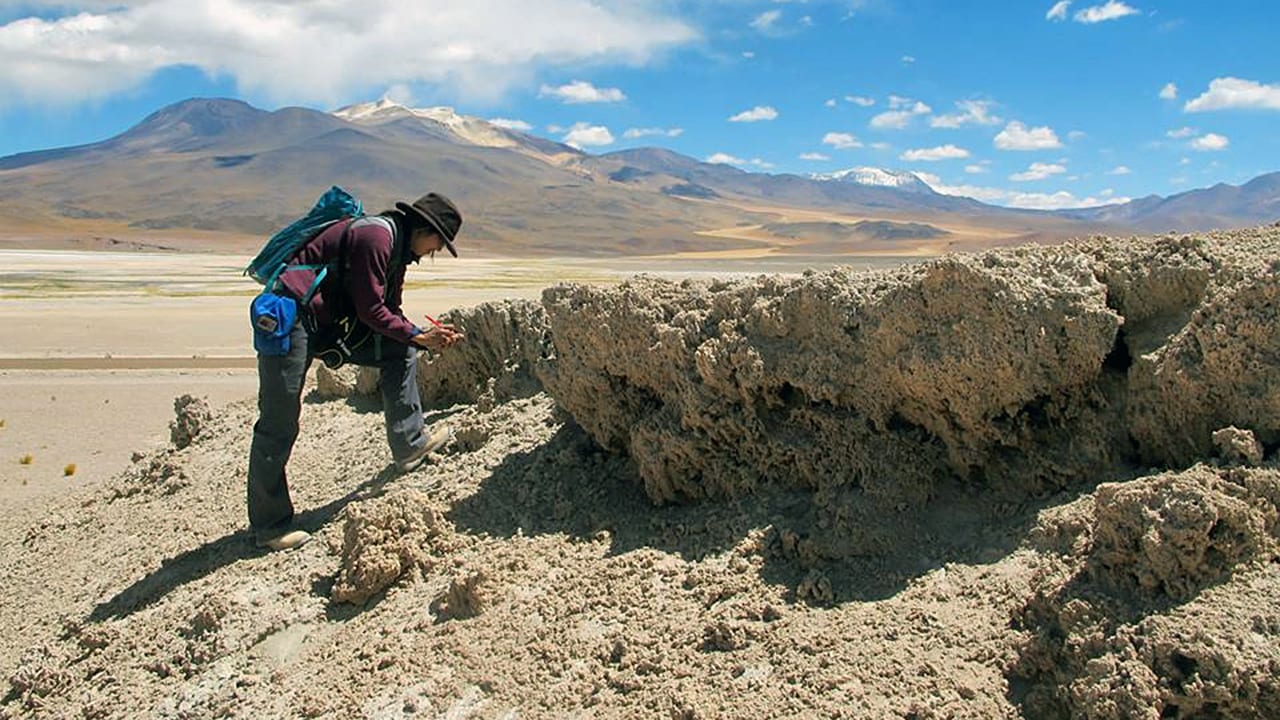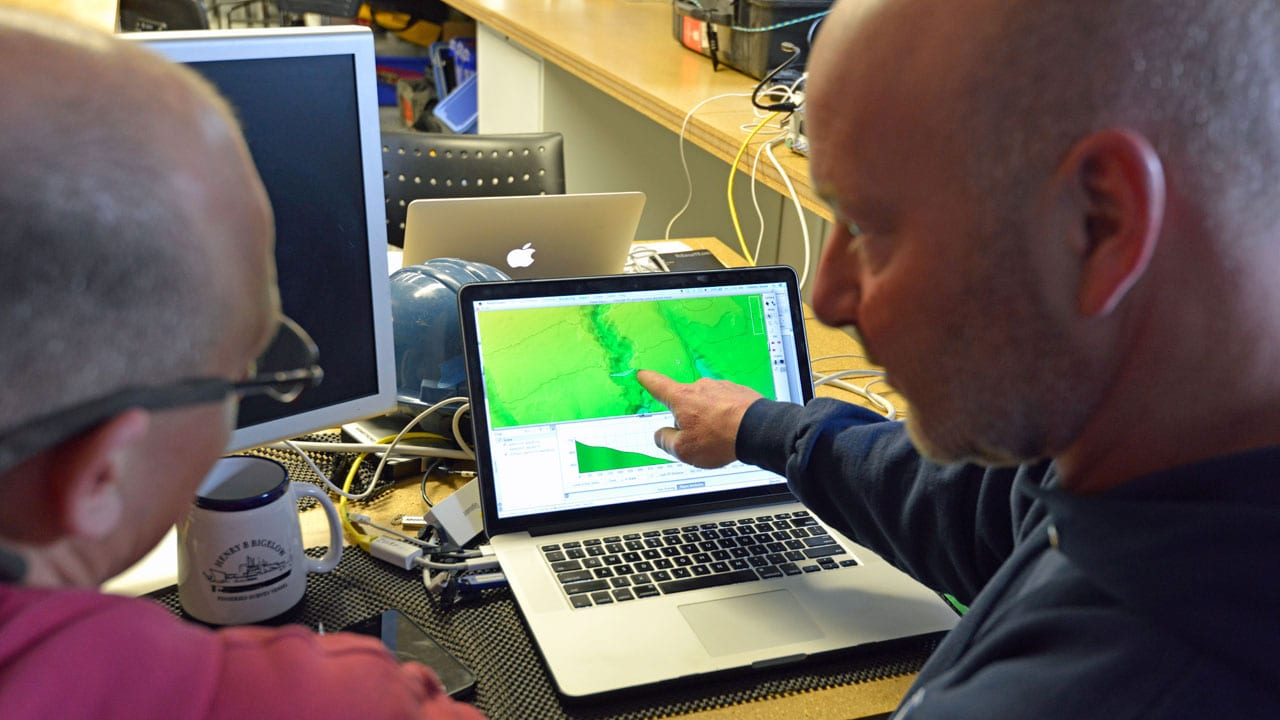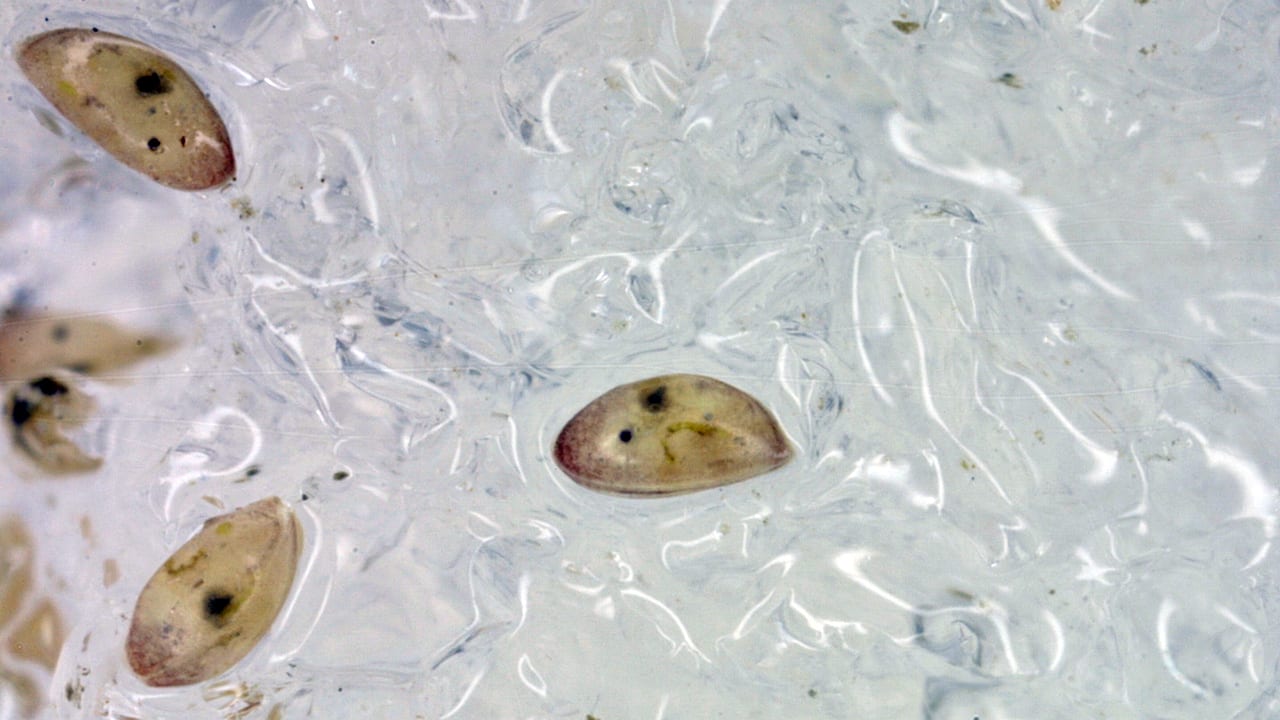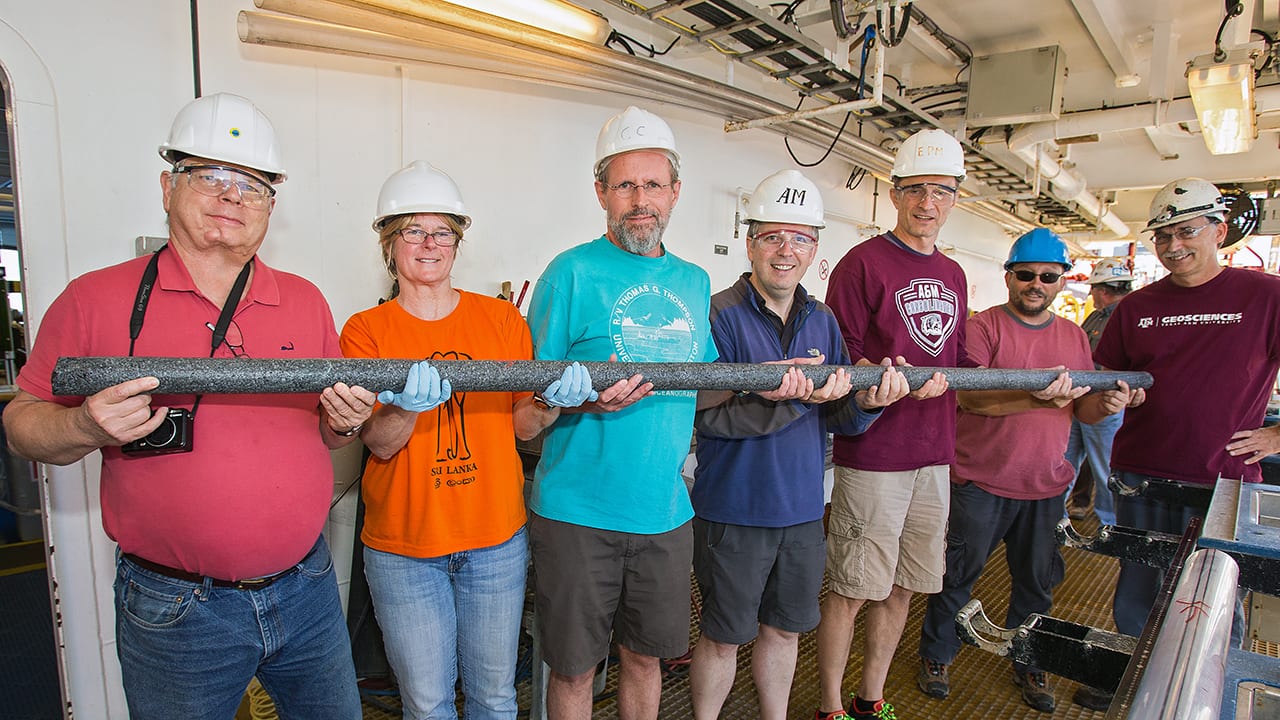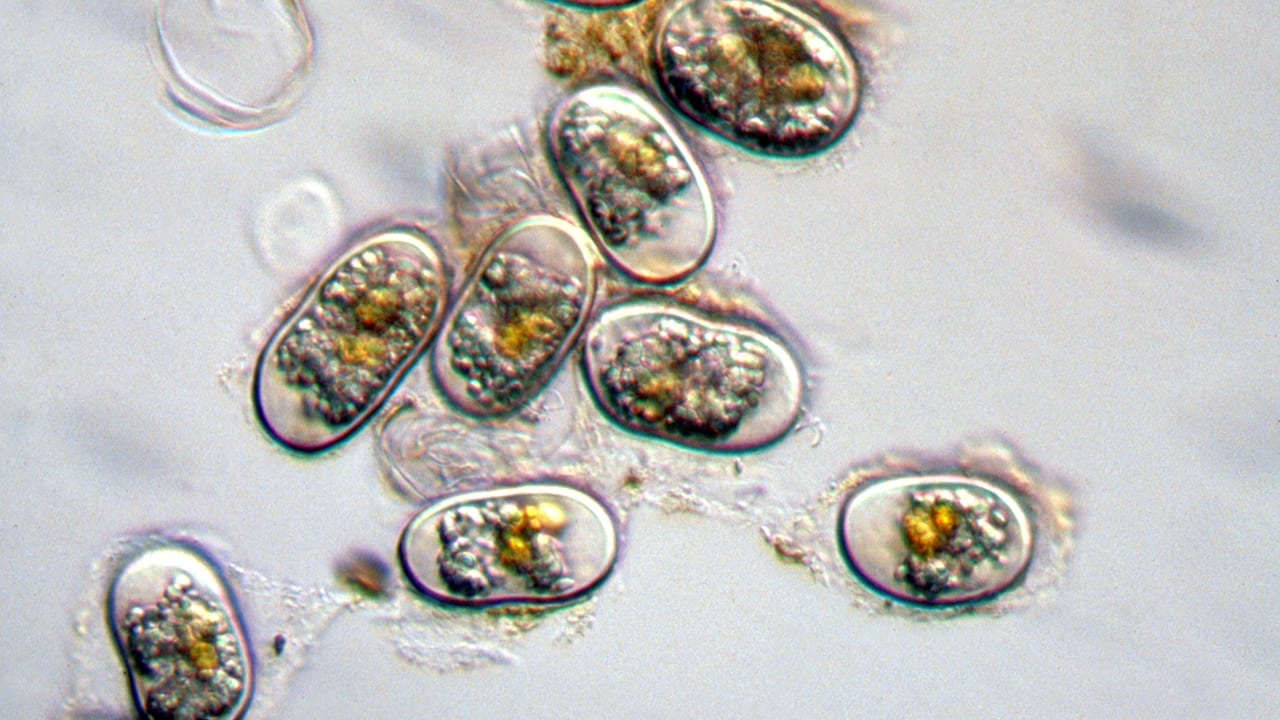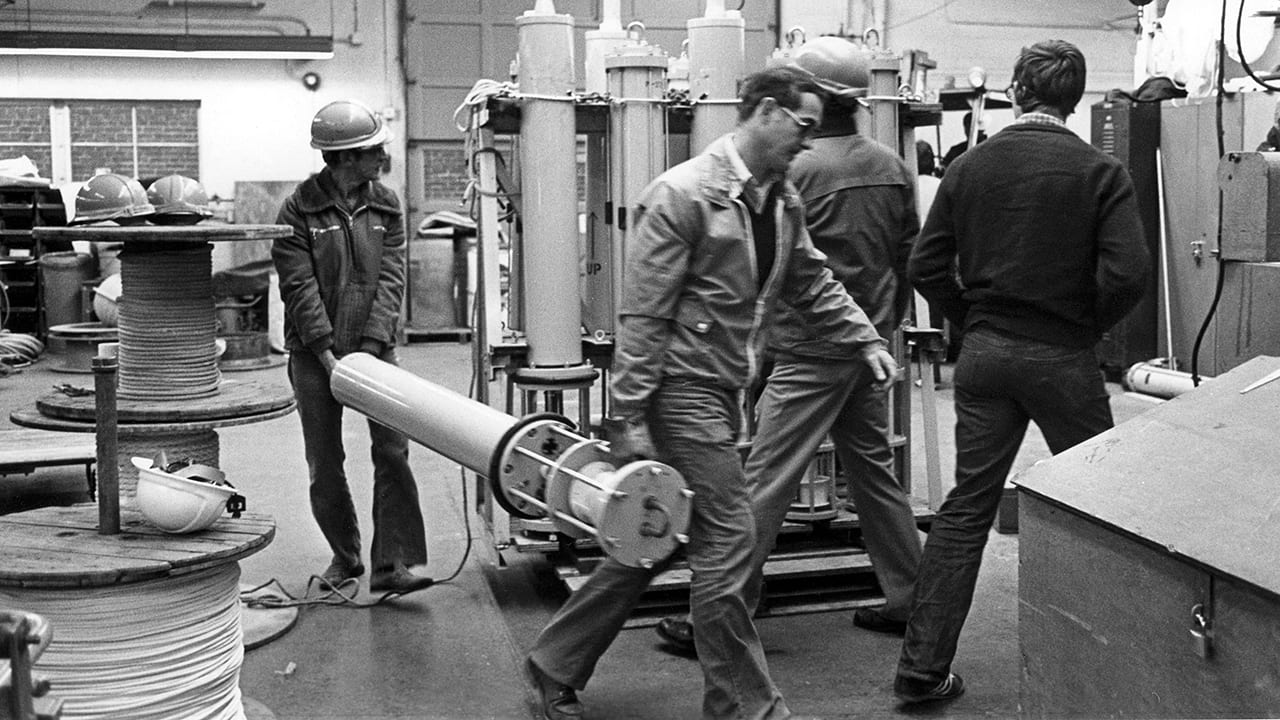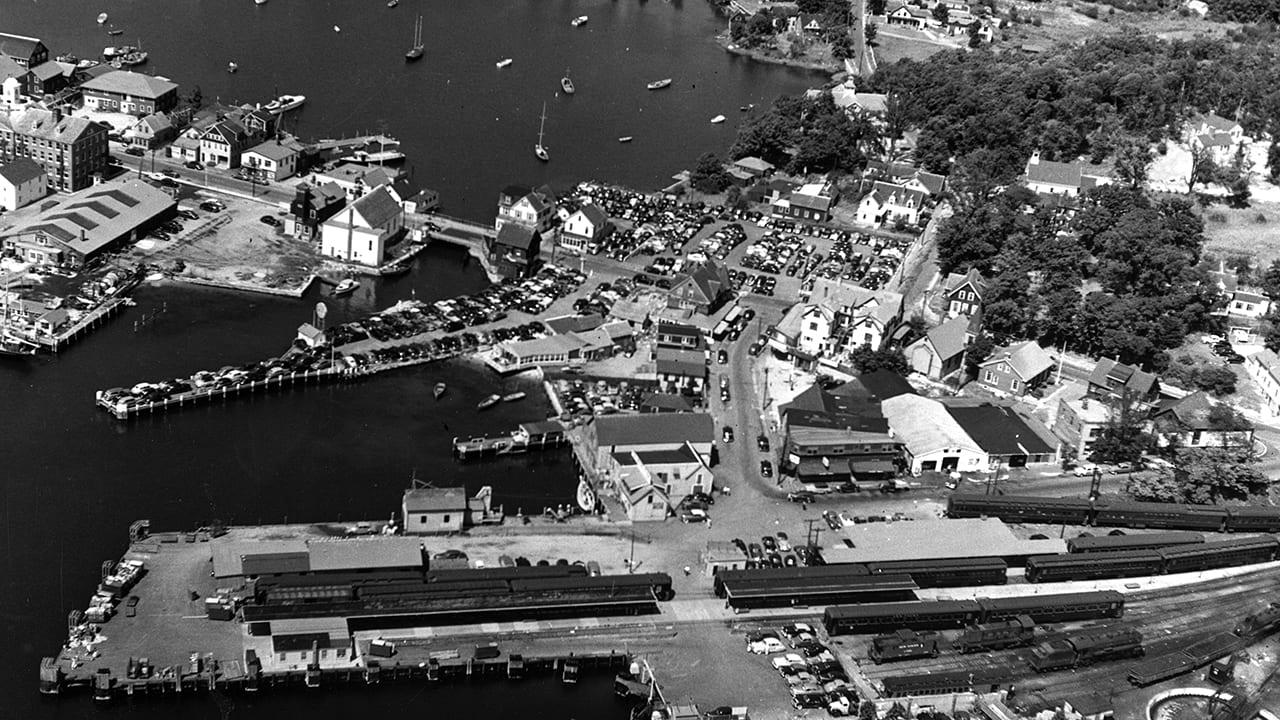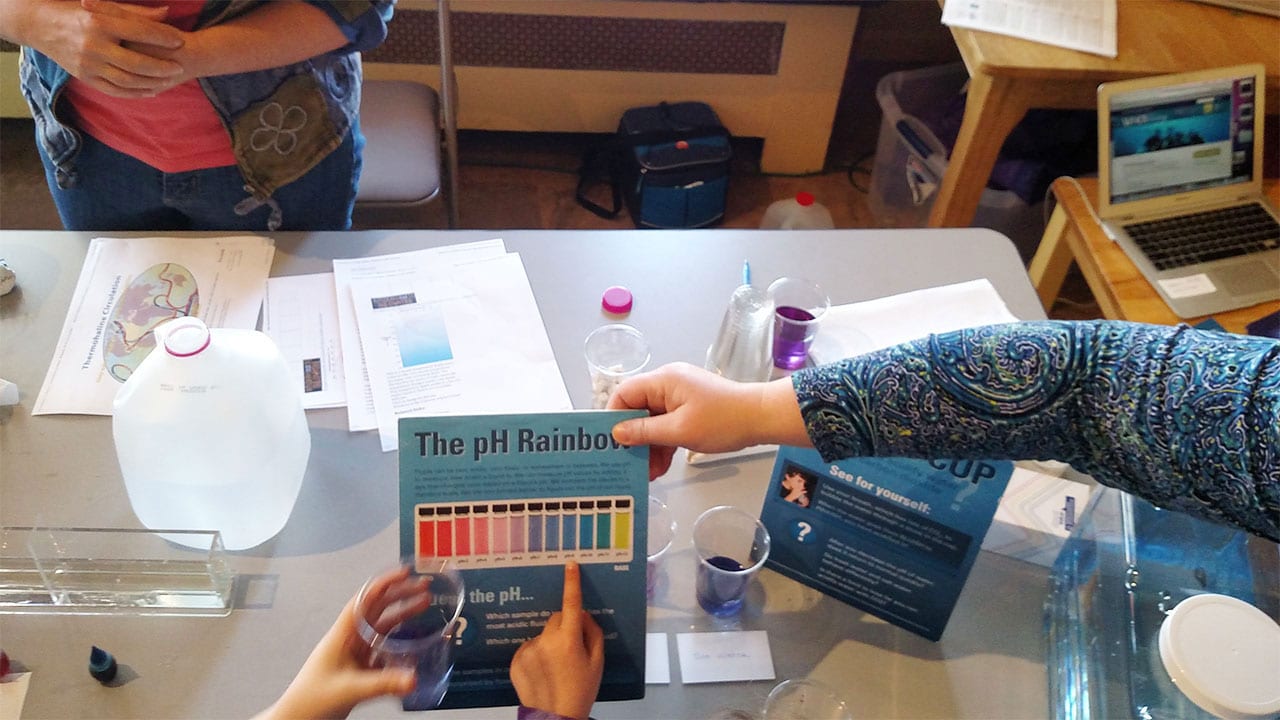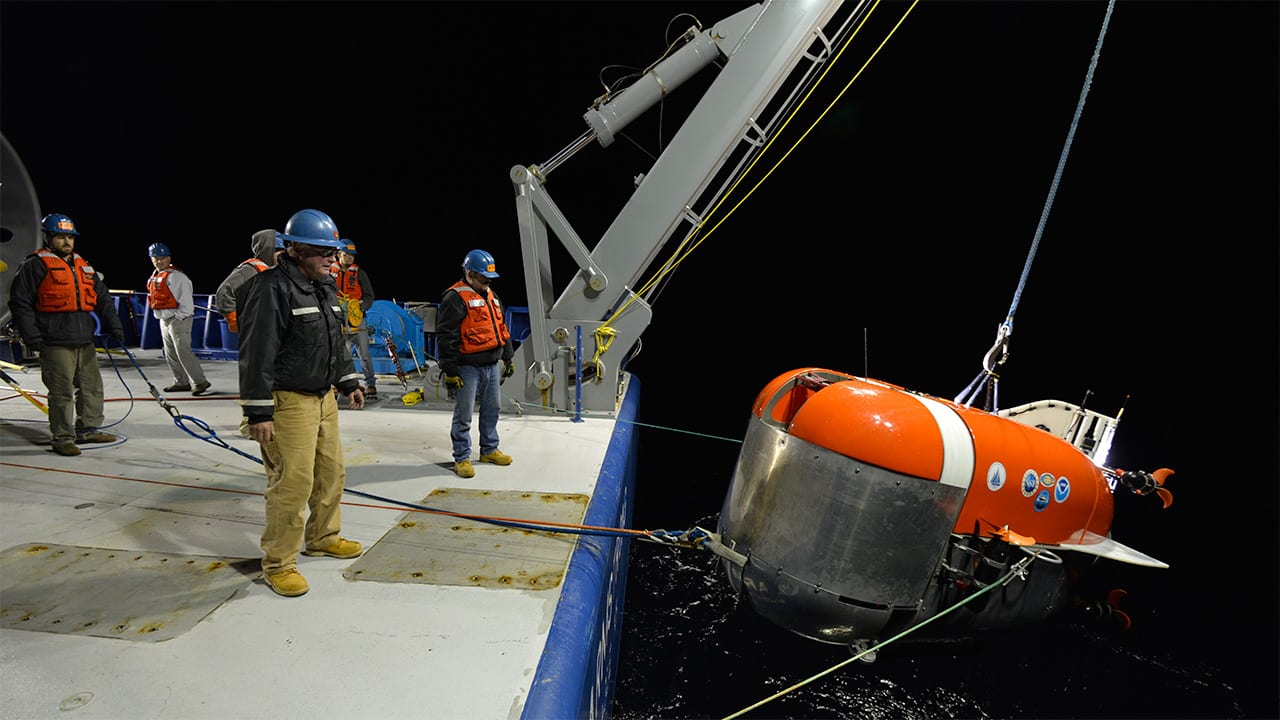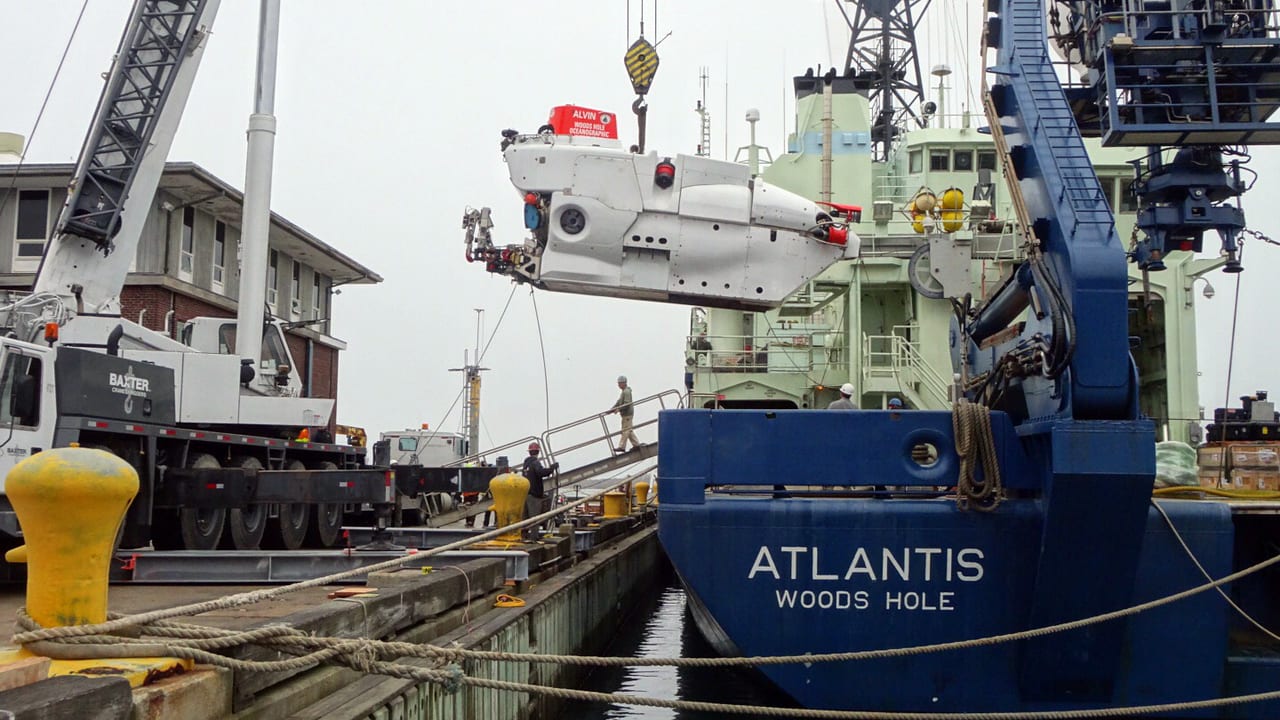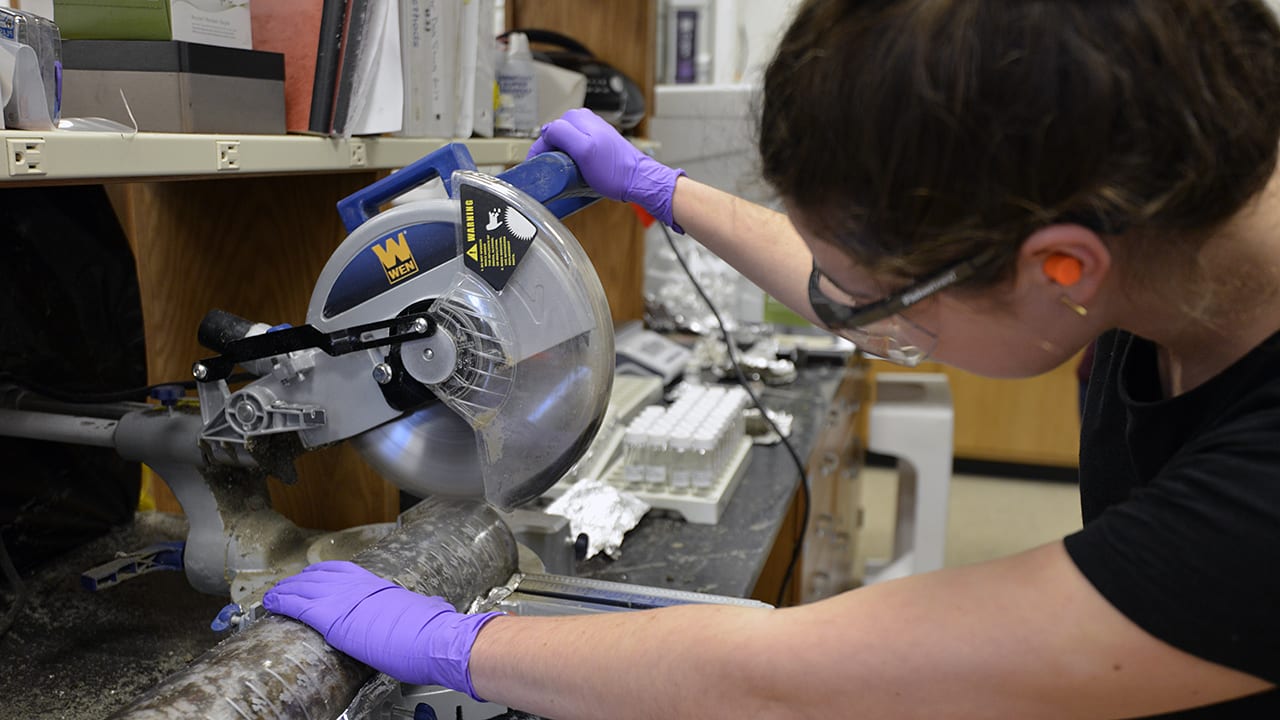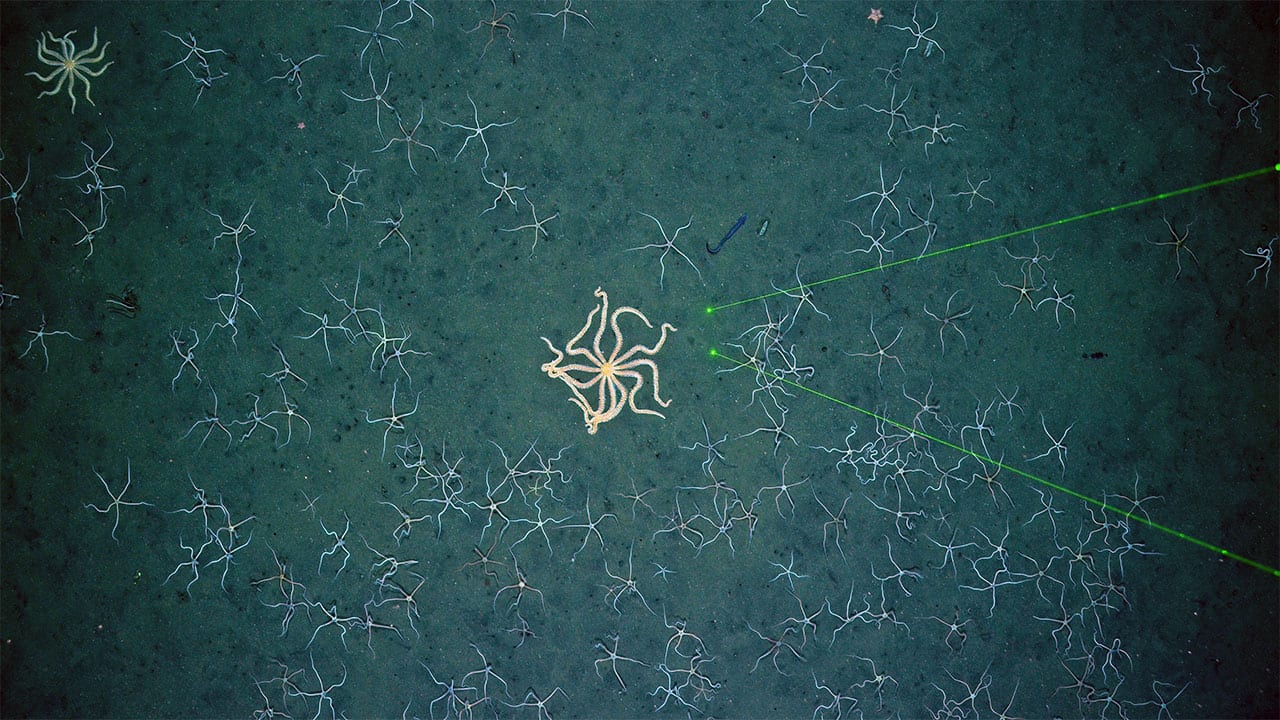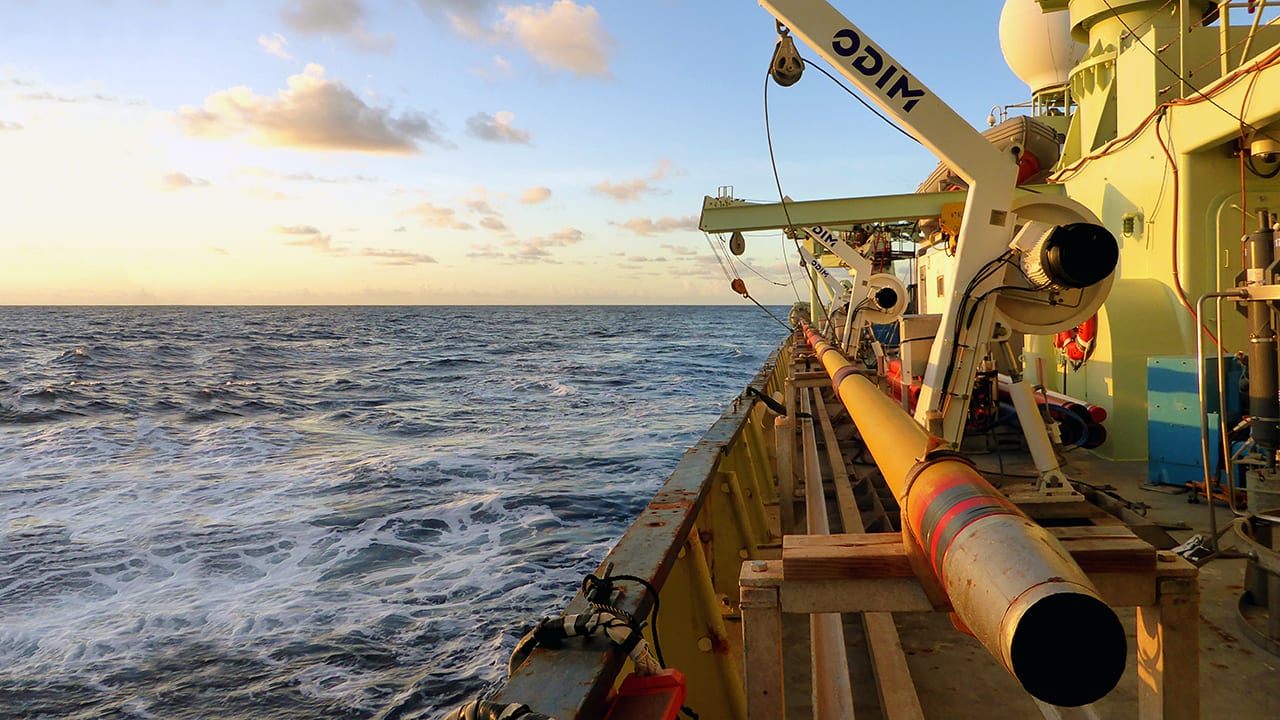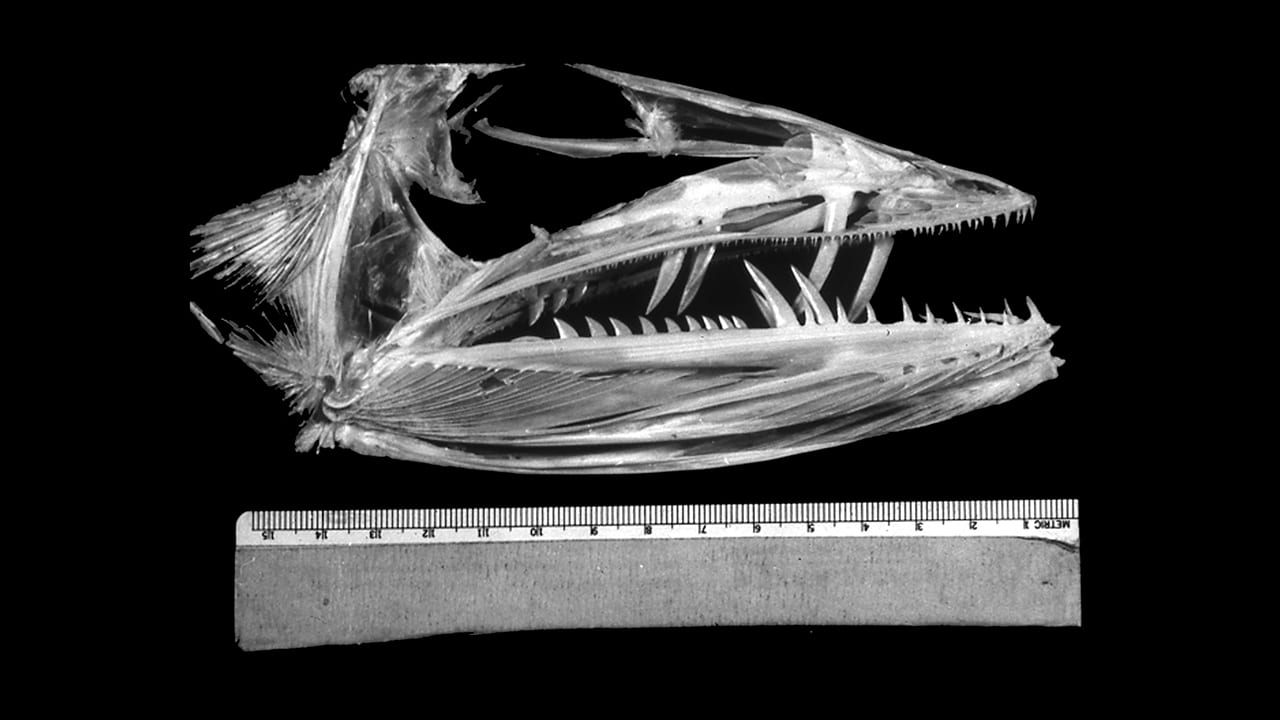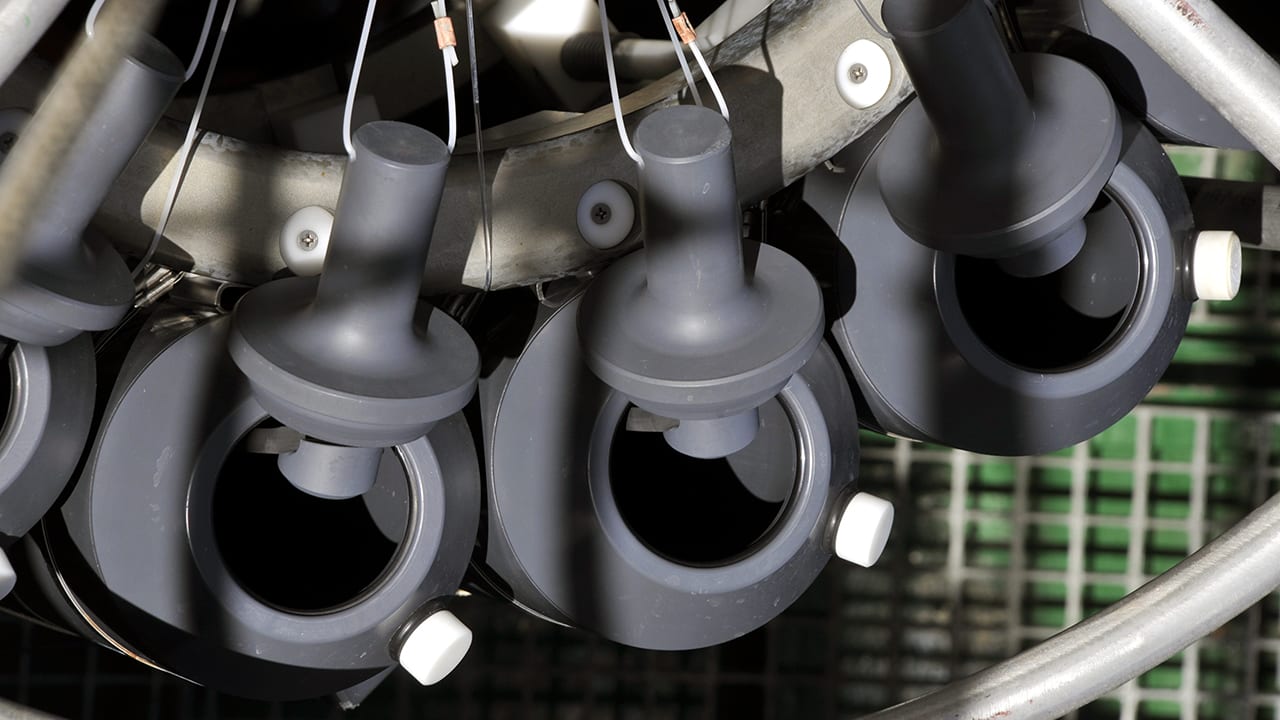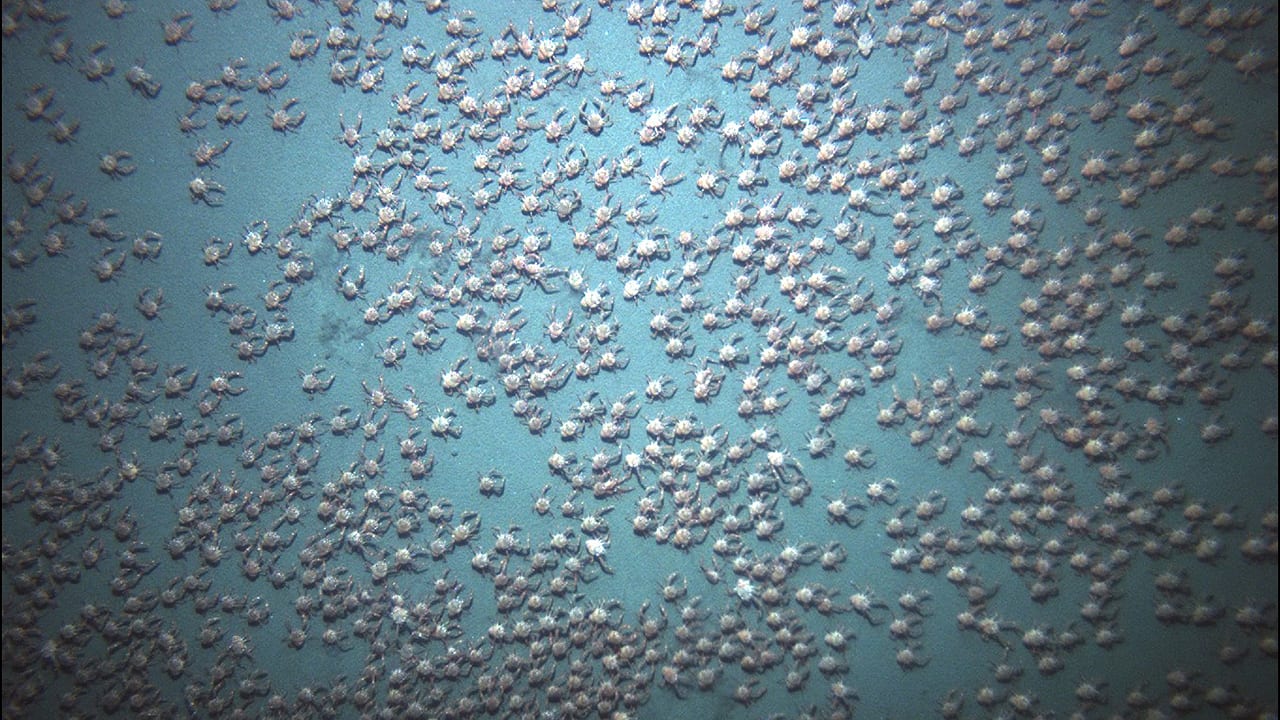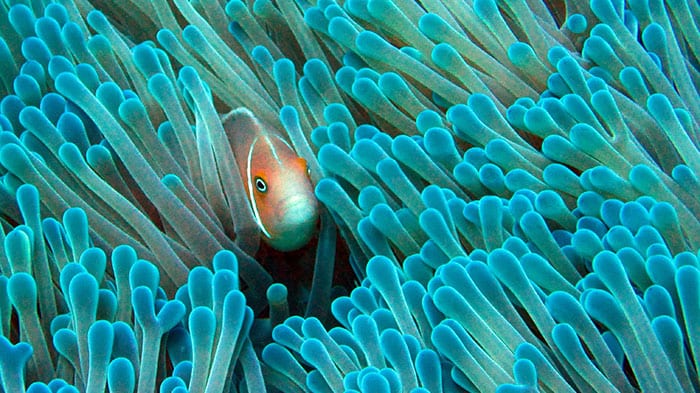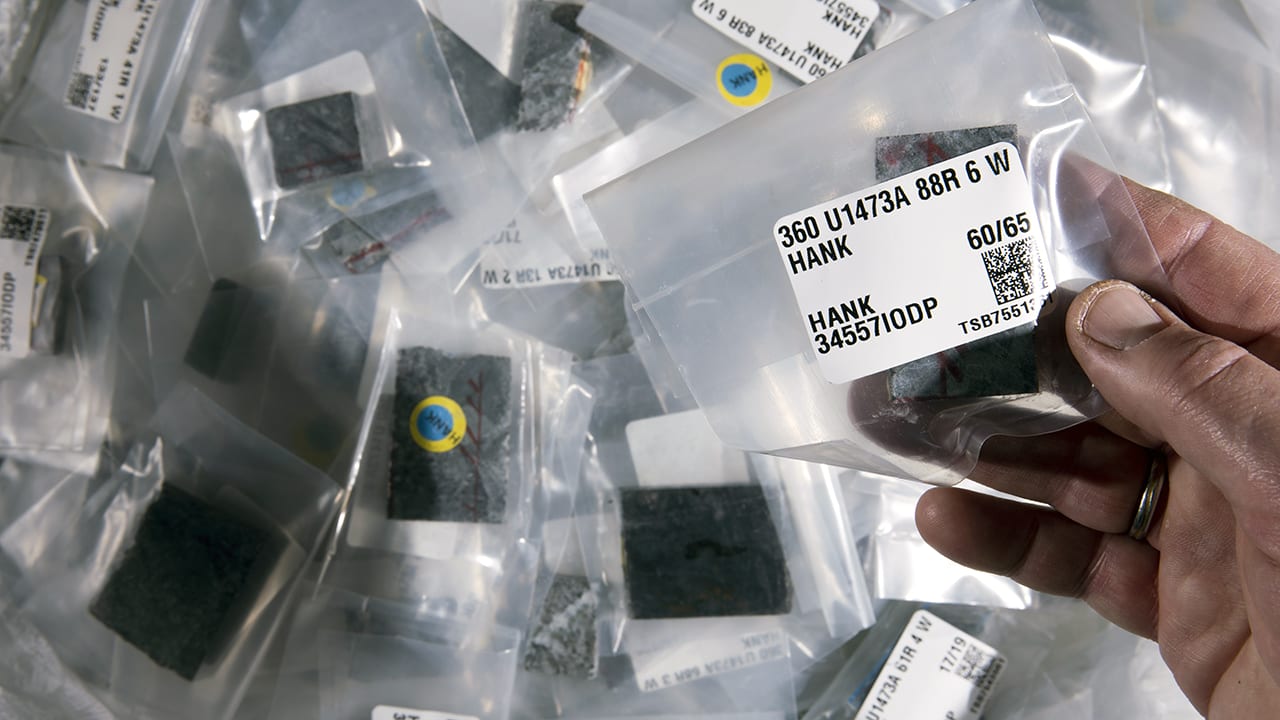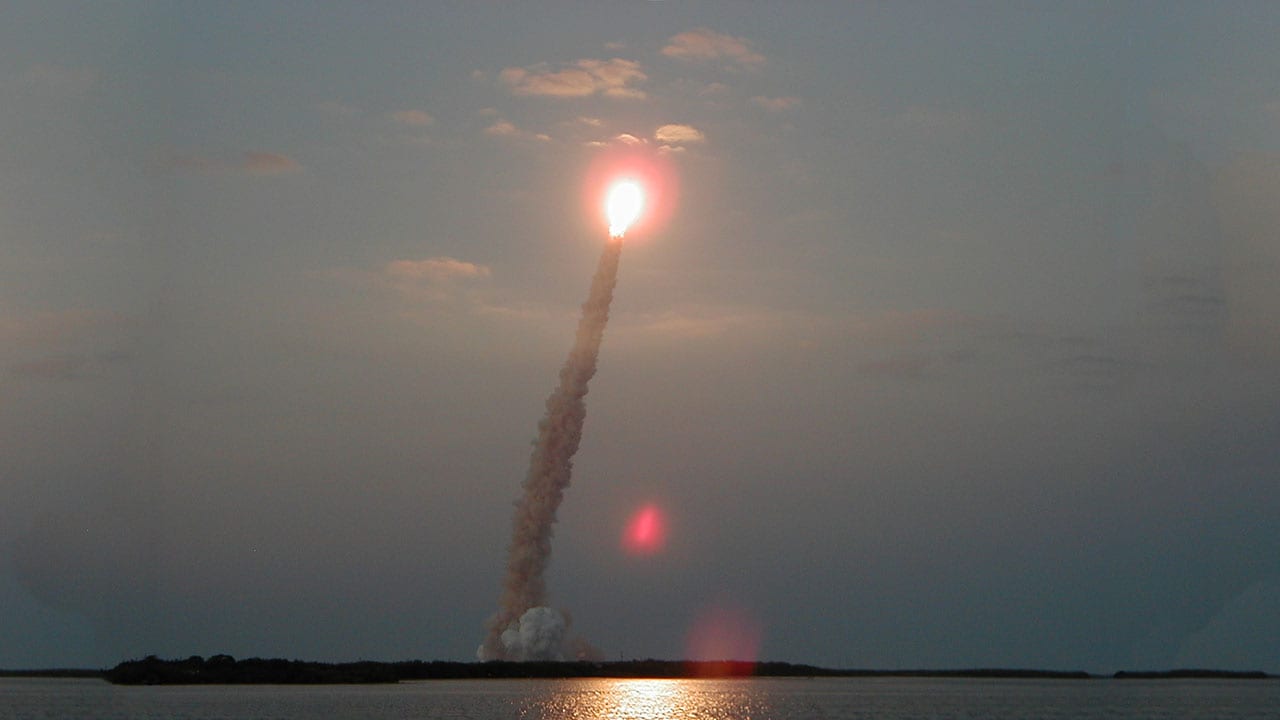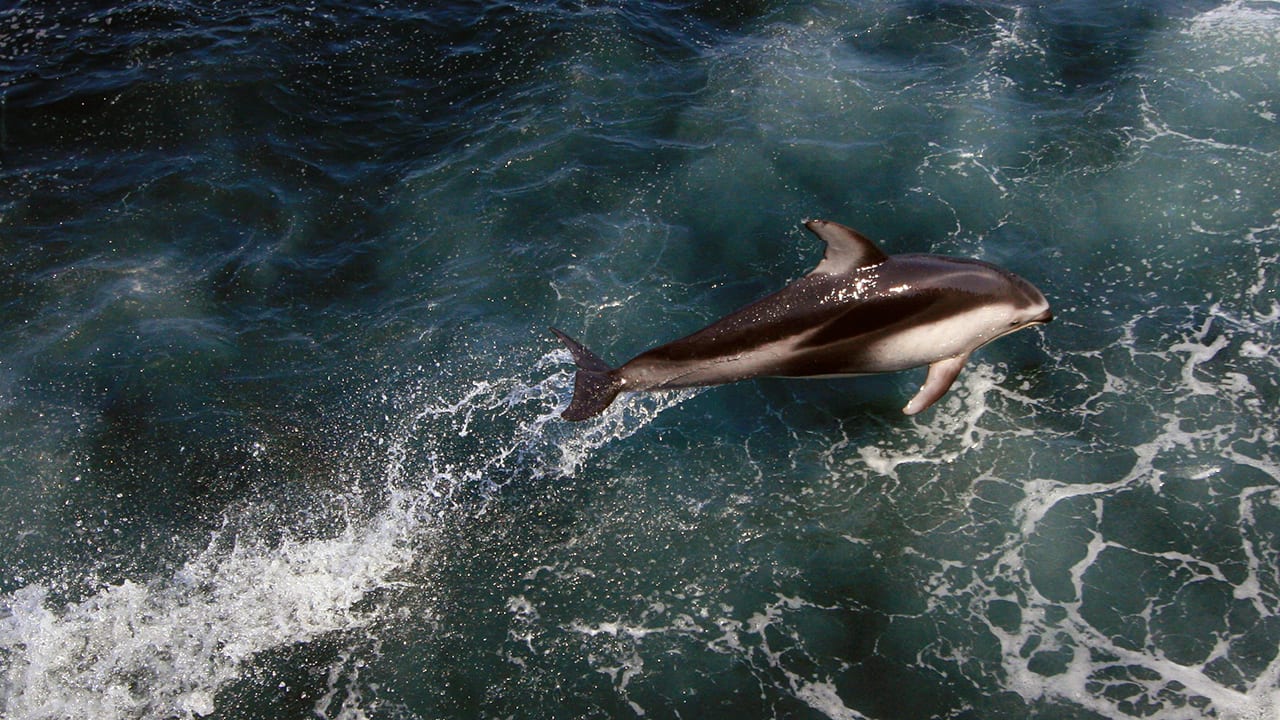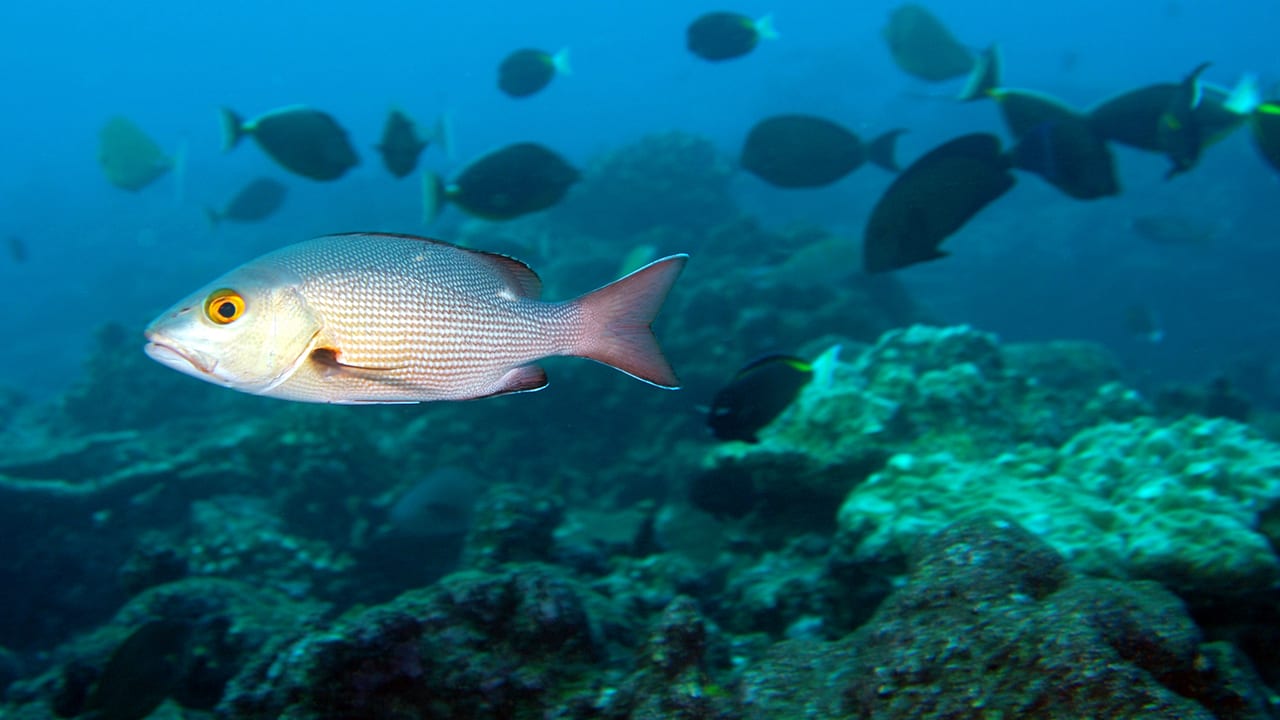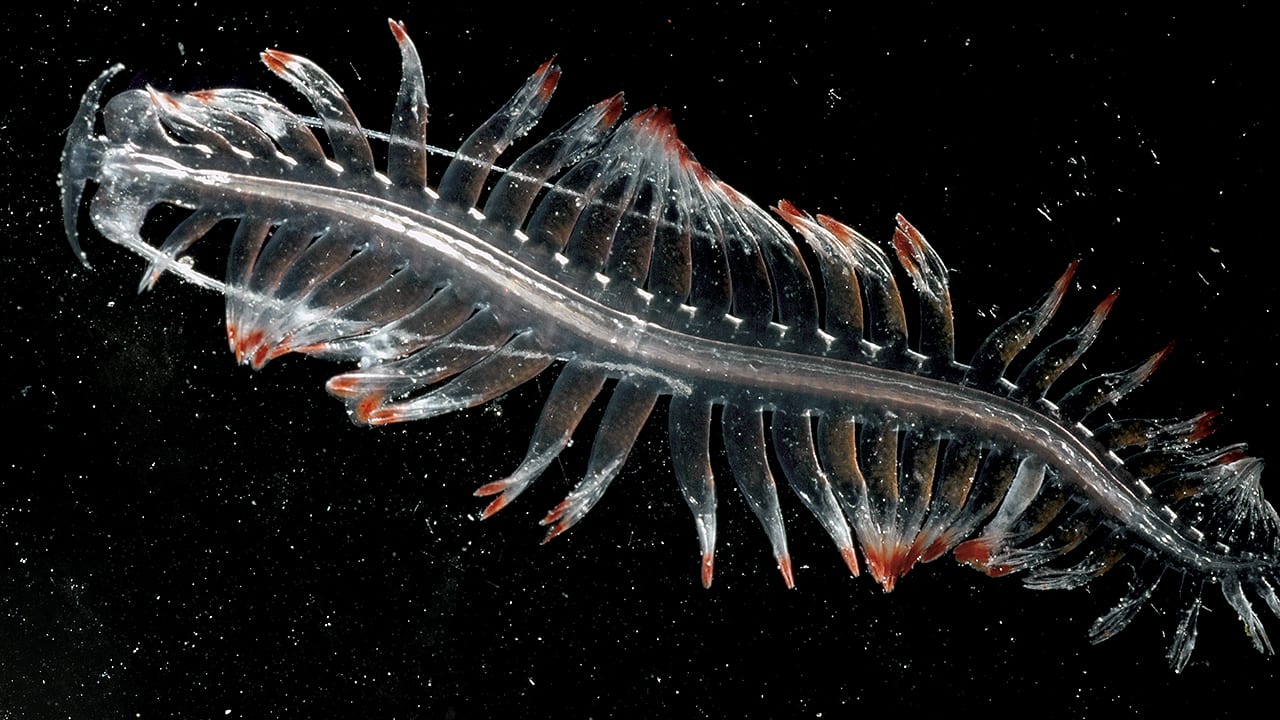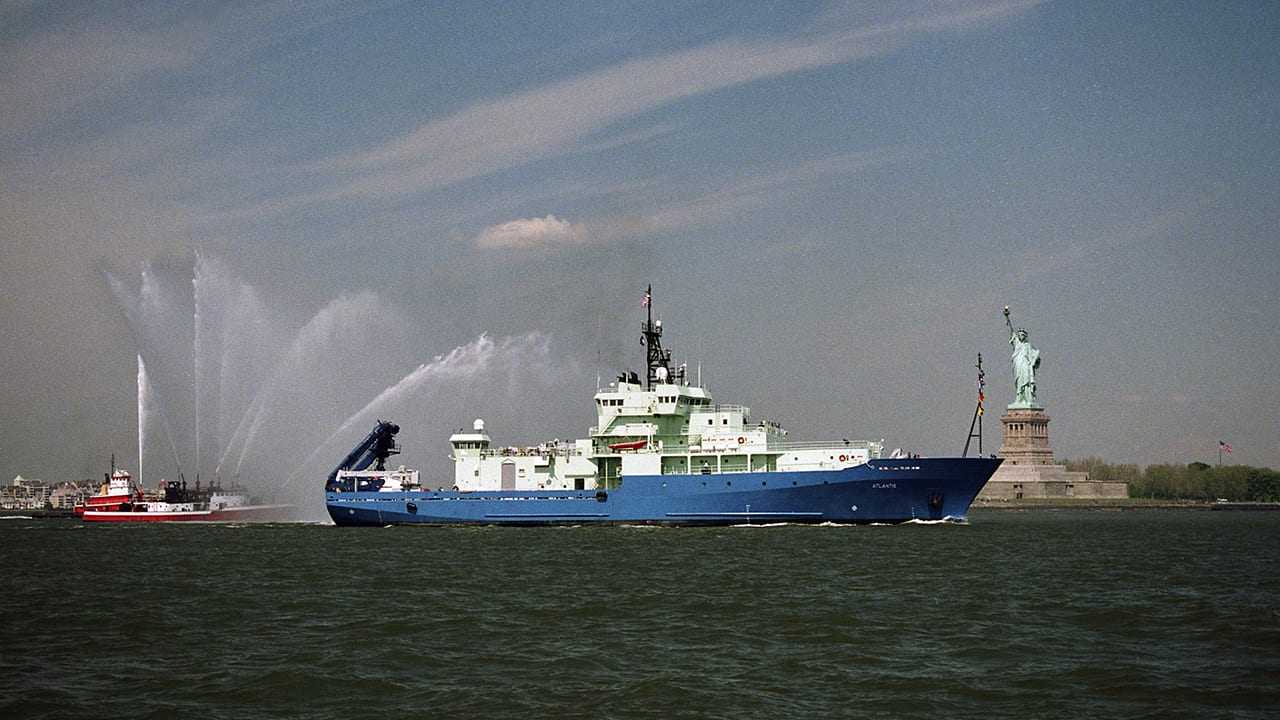Multimedia
High and Dried
Christine Chen examines stony deposits called tufas on an ancient lakeshore in the central Andes Mountains, northern Chile. Chen, a graduate student in the MIT-WHOI Joint Program, visited there in…
Read MoreWhat’s There?
For decades, one of the driving forces behind much of WHOI’s success in exploring the ocean has been the close association between its scientists and engineers. Here, research engineer Mike…
Read MoreTen Years Later
In 2006, WHOI launched Image of the Day. Since then, nearly 4,000 images have graced the home page highlighting WHOI researchers, expeditions, and discoveries. This is the very first image…
Read MoreCore Strength
Participants in the International Ocean Discovery Program (IODP) Expedition 360 proudly display the longest continuous piece of rock core ever recovered from the seafloor. WHOI geologist Henry Dick (far left)…
Read MoreSmall Bloom Expected
Alexandrium fundyense is the algae notorious for producing a toxin that accumulates in shellfish and can cause paralytic shellfish poisoning in humans. This organism swims in the water and divides…
Read MoreVectoring in on Currents
Jerry Dean (foreground) and colleague carry a Vector Averaging Current Meter that had just been recovered from the Sargasso Sea, where it was attached to a mooring line as part…
Read MoreWoods Hole, 1948
The village of Woods Hole, one of eight villages in the Town of Falmouth, Massachusetts, is shown here circa 1948. Trains, visible at bottom of the image, where the Steamship Authority…
Read MoreColor and Splash
Children match colors on a chart to the color of water containing a dye to indicating the pH, or acid/alkaline levels, of the water to learn about the widespread problem…
Read MoreA NUI World
A team on board R/V Neil Armstrong recovered the Nereid Under Ice (NUI) hybrid remotely operated vehicle (HROV) during a recent cruise to test the ship’s science capabilities. During the cruise, NUI operated…
Read MoreAlvin Ashore
A large crane off-loads the submersible Alvin from research vessel Atlantis, as WHOI Dockmaster Doug Handy holds a line and Atlantis bosun Pat Hennessy descends the gangway. Alvin weighs about…
Read MoreInterdisciplinary Impact
Kelsey Gosselin, a research assistant in the lab of WHOI biogeochemist Amanda Spivak, saws into a core collected from the Kennebec River watershed in Maine. Spivak is working with biologist…
Read MoreField of Stars
Scientists exploring off the south coast of Fernandina Island in the Gálapagos archipelago recently saw and imaged this field of sea stars at about 280 meters (919 feet) deep. WHOI…
Read MoreThe Long Core
The barrel of the WHOI Long Core spans the port side of the research vessel Knorr. The one-of-a-kind system can extract columns of seafloor sediments up to 150 feet long.…
Read MoreFierce Fish
In the early years of using moored instruments to gather information about the ocean, many moorings sustained damage that some researchers attributed to bites from fish. Not everyone was convinced,…
Read MoreBottled Water
Water-collecting cylinders known as Niskin bottles stand ready, their spring-loaded caps open at both ends. Niskin bottles are most often attached to a CTD rosette sampler—a frame holding a circle…
Read MoreSurprising Swarm
During a dive in a manned submersible, researchers studying biodiversity at the Hannibal Bank Seamount came across an unexpected sight—thousands of red crabs in low-oxygen waters swarming like insects just…
Read MoreBiology Slideshow
Biology Slideshow
Quest for the Mantle
For more than half a century, scientists have tried to drill through the Earth’s rocky crust to reach its mantle. WHOI geophysicist Henry Dick, who has dedicated much of his…
Read MoreAtlantis Rising
The research vessel Neil Armstrong is by no means the first connection between the exploration of space and the ocean. The nation’s first research vessel, WHOI’s R/V Atlantis, gave its name…
Read MorePlay Time
A Pacific white-sided dolphin swims alongside the research vessel Atlantis during an October 2006 cruise off the Oregon coast. Pacific white-sided dolphins and their Atlantic counterparts are known as avid…
Read MoreReef Diversity
With their clear water and multi-colored organisms, coral reef ecosystems such as this in the Phoenix Islands Protected Area (PIPA) are an iconic sight. But corals also exist in places…
Read MoreSerpentine Style
It’s not a miniature serpent—scientists found this glassy planktonic worm in the Southern Ocean near Antarctica. A relative of earthworms, it uses its red-tipped swimming paddles to swim through the…
Read MoreWelcome to New York
In May 1997, the recently launched research vessel R/V Atlantis made its way into New York City during its first year of service. Atlantis continues to be operated by WHOI…
Read More
